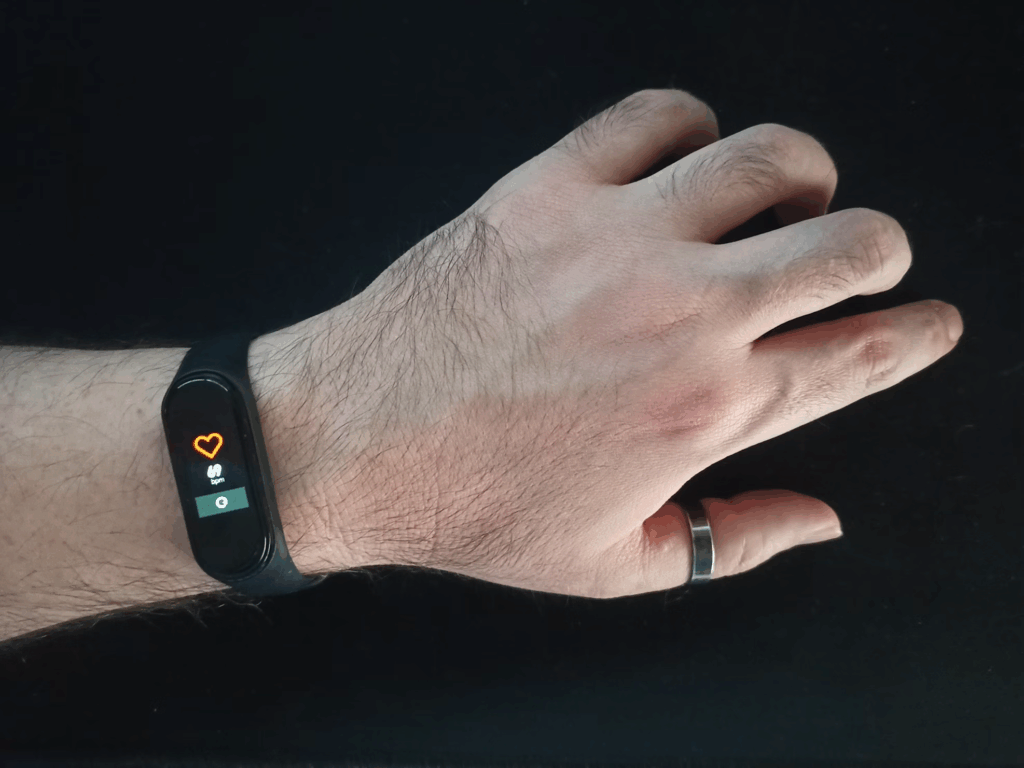Your heart is a muscle that needs regular movement to stay strong. This doesn’t mean hitting the gym or paying for pricey classes. Heart doctors say walking is the best exercise for heart health. It’s simple and free, and you can do it almost anywhere. Research shows brisk movements cut heart disease risk by 24%. You don’t need to run marathons to make a difference. Just putting one foot in front of the other can save your life.
Why Heart Doctors Choose Walking Over Every Other Exercise

Heart doctors recommend walking because it works for everyone, regardless of age or fitness level. “It can make heart muscle stronger, ease symptoms over time, and decrease the risk of death from cardiovascular events. It’s better than any pill out there,” says Dr. Haitham Skali, a cardiologist. This exercise doesn’t stress your joints like running, so you stay injury-free. You can start slowly and build up over time. Plus, if you have heart problems, regular movement helps reverse the damage. Even people who’ve been inactive for years can start moving and see health improvements.
The Life-Changing Chain Reaction When You Start Exercising for Heart Health

When you walk, amazing things happen inside your body. This makes it such an effective exercise for heart health. Regular movement improves circulation, lowering your blood pressure and heart rate. Your heart pumps more efficiently, working less hard to move blood around your body. It also improves cholesterol levels and controls blood sugar, protecting your heart from damage. Think of walking as giving your heart a gentle workout that makes it stronger daily.
The Minimum Amount of Walking That Works

You might wonder how much activity you need to protect your heart. The American Heart Association recommends 150 minutes per week of moderate-intensity activity, about 30 minutes, five days weekly. You don’t have to do it all at once. Break it up into smaller chunks throughout your day. Even with 4,000 steps, people see benefits, so don’t worry if you can’t hit 10,000 steps immediately. The most important thing is to start somewhere. Even five minutes of movement beats sitting all day.
Read More: A cardiologist claims you should avoid oatmeal. Here’s why he may be right (and wrong).
The Simple “Talk Test” That Shows You’re Walking Fast Enough

When heart doctors talk about brisk walking, they mean moving fast enough to get your heart pumping harder. The most protective pace is above 3 mph, faster than a stroll but not so fast that you get out of breath. A good way to know if you’re stepping briskly enough is the “talk test”: you should be able to hold a conversation while moving, but breathe a little harder than normal. If you can sing while walking, pick up the pace. If you can’t say a few words without gasping, you’re going too fast.
Vital Warning Signs to Watch For When Exercising for Heart Health

Walking is generally safe, but you should know when to take it easy. If you feel chest pain, dizziness, or trouble breathing while exercising, stop immediately and call your doctor. Don’t ignore these warning signs, even if mild. If you haven’t exercised in a long time or have heart problems, talk to your doctor before starting an exercise program. They can help you figure out the right pace and distance. Start slowly if you’re new to exercising.
7 Sneaky Ways to Add Heart-Healthy Steps Without Thinking About It

You don’t need a special time to exercise if that feels overwhelming. There are many ways to sneak more steps into your regular day. Park farther from store entrances so you stride across the parking lot. Take stairs instead of elevators whenever possible. Get up and move around your office or home every hour for two or three minutes. Walk to a coworker’s desk instead of sending an email. Take phone calls while pacing. These small changes add up to big heart benefits over time.
The #1 Mistake That Ruins Your Results When Exercising for Heart Health

Some people walk regularly but don’t see the health benefits they should because they make common mistakes. Moving too slowly: if your heart rate doesn’t go up at least a little, you won’t get the heart-strengthening benefits. As Dr. Skali puts it, consistency matters more than perfection. Your heart needs regular exercise to stay strong, so try to be active most days of the week instead of just on weekends. Don’t think you need perfect weather or perfect shoes to exercise. You can walk indoors at a mall or even march in place at home.
Read More: Cardiologist Recommend Six morning Habits to Lower Cholesterol
The Secret Weapon That Makes Exercising for Heart Health Even More Powerful

While this exercise is fantastic for your heart, adding some strength training makes it even better. Research shows that combining aerobic exercise and resistance work improves both good and bad cholesterol levels. You don’t need heavy weights: light dumbbells or resistance bands work great. The American Heart Association recommends muscle-strengthening activity at least 2 days per week. Building muscle helps your body burn more calories, taking pressure off your heart. Plus, stronger muscles make moving feel easier, so you can walk longer and faster.
The Psychology Trick That Makes Exercising for Heart Health Stick

The hardest part about starting to exercise for your heart health isn’t the activity itself: it’s making it a habit you stick with. Start by picking a time that works best and exercise at the same time daily. Many find morning walks work best because nothing else gets in the way. Find an exercise buddy for motivation and accountability. Set small, realistic goals at first, like moving ten minutes three times weekly. Track your progress with a notebook or phone app: seeing improvement helps you stay motivated. Remember that some activity always beats no activity, so don’t give up if you miss a day or two.
Read More: 40 Worst Foods For Heart Health

